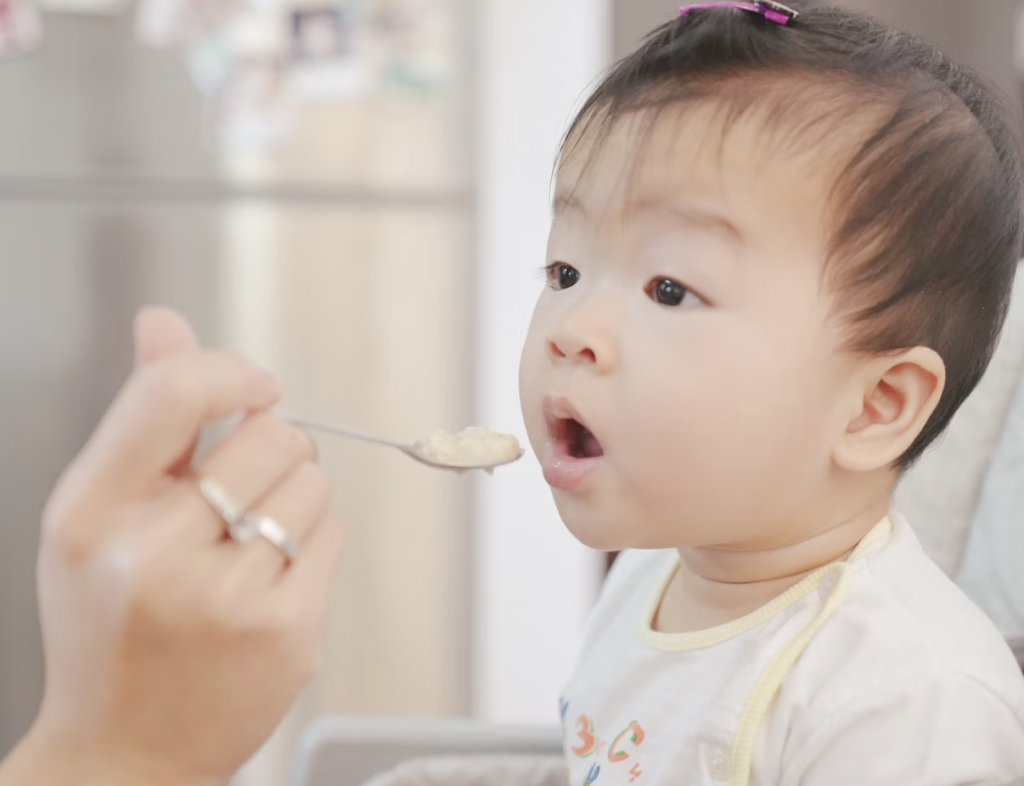Deadly Ingredient Discovered In Baby Food
Unacceptable levels of lead have been found in baby food products across the nation.
This article is more than 2 years old

Lead is a toxic metal that poses a severe health risk to adults, infants, and children. Shockingly, the substance is present in various baby food sold in the United States. As a result, the U.S. Food and Drug Administration is implementing guidance to remove the dangerous toxin from products ingested by babies under two years of age.
“For more than 30 years, the FDA has been working to reduce exposure to lead, and other environmental contaminants, from foods,” Doctor Robert M. Califf said via Consumer News. “This work has resulted in a dramatic decline in lead exposure from foods since the mid-1980s.” The draft guidance hopes to set the bar for lead exposure in baby food to zero.
Califf says manufacturers have applauded the new safety regulations. Infants who eat baby food covered by the new rules will experience a 27 percent reduction in lead exposure. Speaking about the guidance, PIRG Education Fund Consumer Watchdog Teresa Murray said the news was incredible. However, she was concerned that it took so long to be addressed.
“Given everything physicians and scientists know about the irreversible damage caused when young children are exposed to toxic metals, why wasn’t it a priority long ago?” Murray told Consumer News. She said the guidance was only implemented after Congress released a report stating that some of the largest baby food manufacturers had been selling products containing lead.
Baby food covered by the draft guidance includes processed products packaged in jars, tubs, and boxes. The new rules would limit lead content to “10 parts per billion (ppb) for fruits, vegetables, mixtures, yogurts and custards/puddings and single-ingredient meats. Limits would be higher for vegetables and dry cereals,” Consumer News reports.
Lead is found in any food because natural plants often absorb the substance. So it is not possible to remove all traces of the toxin from what people eat. The common ingredients used to make commercial baby food, like rice, carrots, and sweet potatoes, tend to have comparatively higher lead levels.
As such, baby food made with store-bought produce at home will not reduce the amount of lead or other toxic heavy metals your baby consumes. While lead is a naturally occurring substance found in soil, it can also be introduced through human activities like mining, smelting, and manufacturing. If crops are grown in soil that has been contaminated, the plants can absorb the metal.
Another potential source of lead contamination in baby (or other) food is through compromised water. Lead pipes and plumbing fixtures can deposit trace amounts of lead into drinking water, often used during food preparation and cooking. Additionally, fish and shellfish can be contaminated with lead if they live in water polluted with metal.
Packaging materials can also be a source of lead contamination in baby food. Some types of ceramic and pottery contain lead. Food stored in these containers can absorb the toxin over time. According to Mayo Clinic, Lead can cause damage to the nervous system, which makes infants particularly vulnerable because they are still developing.
Lead exposure from baby food or other means can also lead to additional health problems. This includes reduced IQ and cognitive function, behavioral problems, developmental delays, anemia, hearing loss, and kidney damage. Hopefully, the FDA guidance can prevent the toxin from being sold in baby food.









